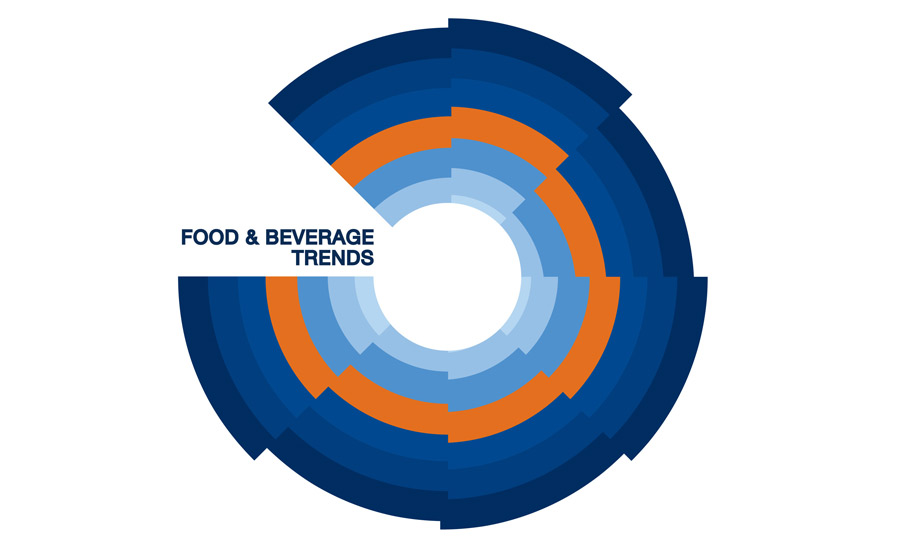Many of America’s largest food and beverage (F&B) companies are in trouble, Rabobank says in its new report, “Dude, where’s my consumer?” Iconic brands are increasingly out of favor with U.S. consumers, whose preferences and priorities have evolved. Bank analysts predict that unless large F&B brands take bold action, they run the risk of following baby boomers (once their core consumer) into retirement.
How can America’s big brands reconnect with the U.S. consumer?
Rabobank says that repositioning the core brand may help to improve the situation, but also emphasizes the need for new brands and products that better respond to the demands of today’s new consumers. Consumer tastes are shifting, but not so fast that companies cannot capitalize on them.
Nick Fereday, senior global consumer analyst for Rabobank, says, “We propose five key recommendations based around acquisition strategies (i.e., buy, not build) and in-house innovation (i.e., build, not buy).”
- Say hello, wave goodbye. Although companies are no longer in public denial about the change in consumer trends, many haven’t fully digested the implications: the need for a transformation in corporate culture that welcomes new ideas, brands, and riskier strategies, while also permitting iconic brands to exit stage left.
- Buy small or pay high. For those companies who have lost their R&D mojo, Rabobank’s advice is to continue to outsource innovation by buying companies, but at an earlier-than-normal stage in the life cycle, thereby reducing the risk of paying too much.
- Room to breathe. The big players have learned the hard way not to mess around with their shiny new purchases. To maintain the culture and integrity of these acquisitions, they need to be nurtured, not suffocated.
- Step up the innovation. Companies who pride themselves on their R&D capabilities need to focus on bolder and more disruptive innovations. Going forward, no more ‘innovation-lite’: product reformulations just won’t cut it.
- If it ain’t broke...This isn’t a total meltdown, and not every brand is in trouble. There are lessons to be learned from iconic brands that remain irreverently relevant and laugh in the face of today’s health and wellness trends: from Jack Daniel’s, Lunchables, and Oreos, to Twinkies, Domino’s Pizza, and Popeye’s.
Stephen Rannekleiv, spirits and wine analyst for Rabobank, says, “These strategies are not mutually exclusive, and many companies are actively pursuing both ‘buy, not build’ and ‘build, not buy’ – depending on the need they’re trying to fill, how much time they think they have, their appetite for risk, and the strengths and weaknesses of the company itself. We don’t believe one strategy is preferable over the other. There are multiple drivers behind changing consumer preferences, and it would be naive to assume there is a single solution.”



